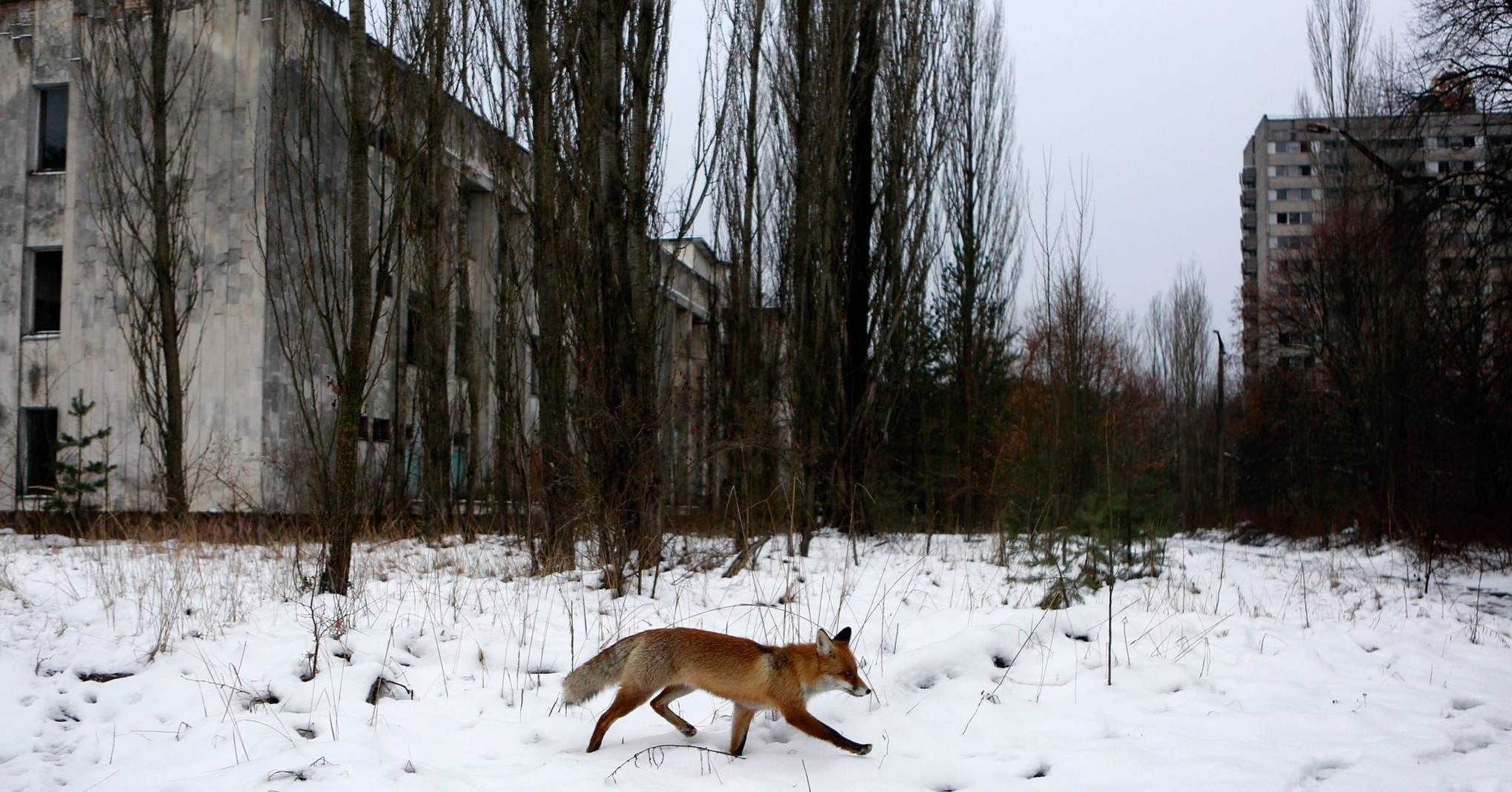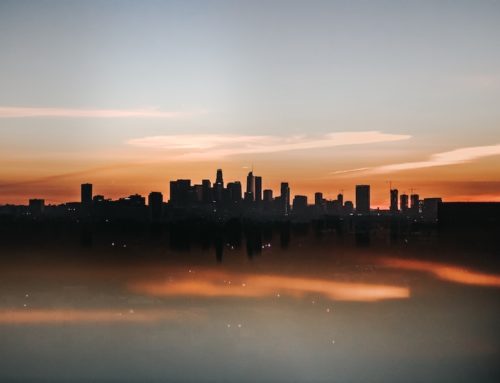The question is one of balance, or competing lifelines—no human pressure means a diverse ecosystem thrives, but radiation could tamp down that ecosystem’s ebullience. One of the methodological problems, though, is that no one’s really sure exactly how much radiation is there. Some people think that the radionuclides left on the ground are trapped in the soil; others think that animals traipsing through the forests could carry those particles with them and transport them to new locations. Even ascertaining the radiation level is a problem. Researchers from the University of Bristol have tried using quadcopter drones to map them; Beasley’s team is deploying GPS collars for animals with built-in dosimeters to try to answer, finally, the actual doses that critters pick up.
Those differences have knock-on effects that get to the heart of why this place is so hard to study. In the Red Forest, for example, the conifers that died were replaced by deciduous trees that could tolerate radiation better, but their leaf litter is less acidic, changing the microorganisms that live in it. “You’ve changed the ecosystem,” says Beasley. “It’s not just radiation. There are confounding factors.”
This all matters because the Exclusion Zone is all but unique. There are only a few other places on Earth that used to have humans but no longer do. They become models for a different kind of world, even if—or maybe especially because—two of those places, Chernobyl and Fukushima, are also radioactive. That’s important too. If you believe that nuclear power will be one of the key ways to produce energy without exacerbating Earth’s ongoing climate crisis, it’s important to know just how bad an accident at one of those nuclear power plants could get. Nuclear is a green, or at least green-ish, source of power—it requires cold water (which it then heats up) and creates a certain amount of waste, but that might be tolerable if you’re also willing to put up with the occasional risk of a Chernobyl or a Fukushima until someone reengineers these systems to be safer.
Oh, and that’s not the only reason to be thinking about climate change and Chernobyl. In 2015, two wildfires in the Exclusion Zone re-aerosolized radioactive particles in their smoke and carried them aloft, dosing parts of Europe all over again—at about the level of a medical x-ray. In fact, says Møller, the Exclusion Zone is constantly plagued by fire. And climate change has already increased the likelihood of fires in abandoned urban and peri-urban areas in Europe. Which means one of the lasting legacies of the Exclusion Zone extends far beyond its boundaries: climate change-induced radioactive wildfires.
Sourced through Scoop.it from: www.wired.com







Leave A Comment